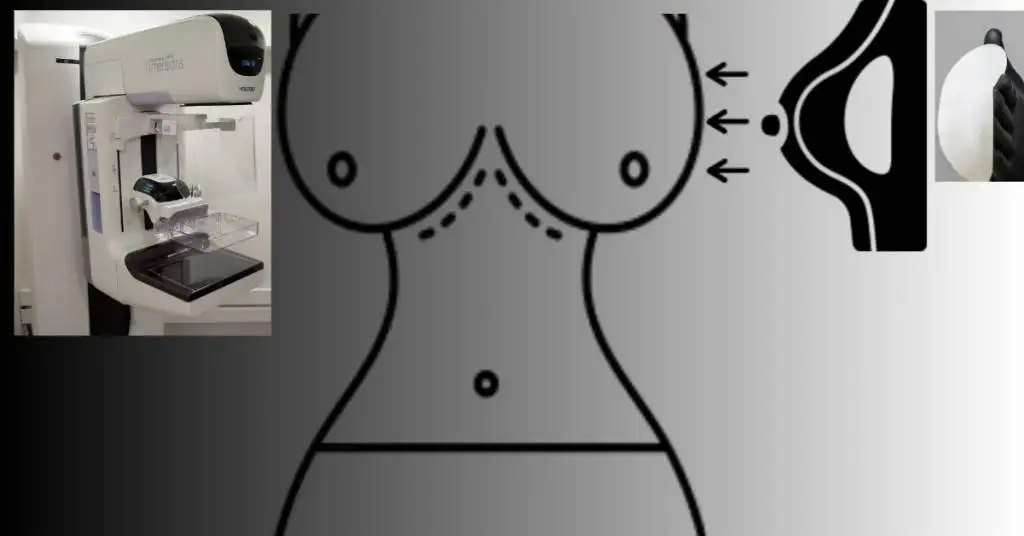
Table of Contents
A good deal of females had implants long before the thoughts of mammography became a subject of discussion. I’m talking about ladies well below the age of 40 and even in their 20s. Therefore, knowing all there is about mammograms for implants is important.
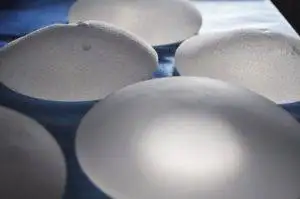
Reasons for, or Benefits of implants.
- Mastectomy: Women below the age for a mammogram are more likely to undergo a mastectomy following abnormal breast developments associated with cancer. This is rare but when it happens, theirs is more aggressive and may lead to surgical interventions. Breast implants help restore the cosmetic appearance of the breasts post-mastectomy.
- Small breasts: A lady who has grown from puberty to adulthood, for a couple of reasons, may not be satisfied with the performance of her breasts concerning size. This may lead her to opt for an implant.
- Asymmetrical breasts. It just doesn’t look right when one of the breasts is bigger or smaller than the other. For any lady, this calls for an urgent fix, and breast implants offer that quick-fix solution.
- Weight loss ripple effect: The breasts will usually respond to your weight loss programs and some ladies don’t see the use of weight loss if it makes their breasts to become barely visible on their chests.
When during weight loss your breasts’ sizes drop to levels you are no longer comfortable with, you may need something from your doctor that won’t participate in your weight-loss campaign.
The breast implants available happen to be immune to all weight-loss strategies.
Location or placement of Implants in the breast.
I chose to make a topic of this because of its significance to mammography. There are mainly two locations where your plastic surgeon may place the implant.
1. Subglandular:

Here, the implants are placed directly behind every structure that constitutes the breasts as shown in the image. This is the more common of the two placements.
2. Subpectoral:

In this case, the implant is placed between the belly of the pectoralis major and minor muscles, thereby allowing the pectoralis major muscle to maintain its anatomical sub-glandular position as shown in the image
Challenges posed by implants on mammography.
If you are younger and considering implants for their beauty enhancements, it might serve your interest to know the battles that lie ahead by the time you become of age for mammograms. Here are a few points you should consider:
- More radiation exposure: A normal 2-D mammogram involves a total of 4 images, two for each breast. If you present with implants there’ll be a need for 4 extra images. This brings it to a total of 8 which invariably means twice as much radiation as those without implants.
The 4 extra images are called Implant displacement (ID) views. In the process, the implant has to be pushed back towards the chest wall while the breast is pulled forward to position it for compression.
- More Pain: Women with breast implants are normally known to experience more pain during mammogram screening than those without. This can be made worse if scar-tissue contractures have built up around your implant and the breast has to be positioned for the ID views as described above.
In my years of clinical practice, I’ve had to deal with contractures in patients, resulting from other medical conditions. I can tell it could be excruciating to mobilize affected areas.
- Longer total screening time: As a result of the extra exposures among other factors, you can expect your mammography to last longer than others.
- Higher chances of repeating the process: Implants present a different kind of challenge in mammogram screening, comparable to dense breasts. This could result in unsatisfactory mammograms and the process may have to be repeated.
- Risk of Rupture: Though extremely rare, mammogram screening has been found to have led to the rupture of implants.
- Extra mammogram guidelines to observe: There are well-defined guidelines for mammogram screening. Breasts with extra structures called implants seem to have extras attached to everything and guidelines are not exempted.
- Higher chances of missing a tumor: The low-dose X-rays used for mammogram screenings can’t adequately penetrate the materials used in implants. So, any breast tissue obscured by the implant won’t show on a mammogram. If it happens there is a tumor in that part of the breast, I want to believe you know what that means.
- Skipped schedules: A lot of women are known to skip their regular mammogram screening. Not because of finances or distance as it could be obtained free and finding a nearby center isn’t a big deal.
So why are they on the run from a life-saving procedure?
“Pain!”. The pain they sometimes have to bear is what makes them run from something only conducted once a year or two. If those without implants are on the run, it’s irrational to expect those with implants and who experience more pains to be looking forward to it, gleefully.
- Risk of BIA-ALCL: This is called Breast Implant-Associated Anaplastic Large Cell Lymphoma. It has nothing to do with mammograms but I chose to discuss it because of its importance.
It’s a kind of cancer that affects not the breasts but the immune system. You may wonder what’s the association with the breast or implants.
Well, as your implant sits comfortably in the breast, it’s not idle as research has shown it has been associated with an increased risk for this disease.1 While the implant has no business with any risk of breast cancer, the Anaplastic large cell lymphoma happens to be the one it chose to go into alliance with.
Having an implant has known complications but it’s outside the scope of this article. The above points are only considered with relevance to mammography except the last one.
Earlier on, I stated I had a reason for making a topic out of the “placement of implants”. Now, here is why.
The sub-glandular implant placement is known to be more common but it turns out to be the more problematic of the two when it comes to screening for breast cancer.
Implant displacement mammograms are easier done with sub pectoral placement and you may not feel as much discomfort as when the placement is sub-glandular.
If I have to get a breast implant today, knowing mammography is waiting for me further down the road will make me opt for the ‘subpectoral implant placement’.
The reason why you undergo mammogram screening despite having implants.
Knowing the issues caused by implants during mammogram screening, some wonder why they still need to do this, especially those who have undergone some form of mastectomy.
If your mastectomy is partial or spares enough breast tissues, you’ll still have to undergo mammogram screening. Mammograms remain very necessary so far there are enough breast tissues to screen for the disease even after a mastectomy Share on X
However, there’ll be no need for screening for cancer if there are not enough breast tissues left to be screened.
In this case, a physical examination will have a role to play followed by diagnostic tests if there is any suspicious development.
Guidelines for a mammogram for implants.
As stated earlier, there are general guidelines for breast cancer screenings but as a result of the more complex nature of your breasts occasioned by implants, in situ (meaning, in place), there are a few extra guidelines.
- Find a screening center with experience in handling mammography for women with breast implants.
- Inform the center that you have implants while booking the appointment.
- Make sure the mammographer is skilled in handling cases with implants.
Best mammogram for Implants.
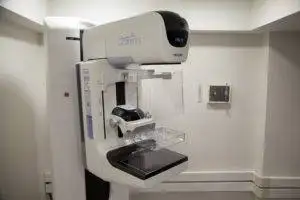
The best way to screen for breast cancer, in general, remains mammography to date, and research has proven it even in women with implants.2
Some people wonder if 3-D mammograms can be used on them with their implants. Some doctors may not recommend 3-D mammograms because the machines use slightly higher doses of radiation in addition to the fact you’ll be having extra exposures due to the implants.
In reality, it’s still safe for you to have a 3-D mammogram, and it’s considered the best if you have an implant just as it is with dense breasts.
Ultrasound serves as a good complement to mammograms and is usually employed when abnormalities are suspected or seen. However, it’s not considered an alternative to mammography.
With Ultrasounds, cancers or tumors appear grey while glandular structures within the breast appear much lighter in color. This color pattern helps greatly in the location of cancerous cells in no small measure.

Final words.
Implants are not expected to last a lifetime. Though some could last beyond 20 years the range is often between 10 to 20 years and each year the possibility of rupturing could rise by 1%, according to the American Society of Plastic Surgeons.
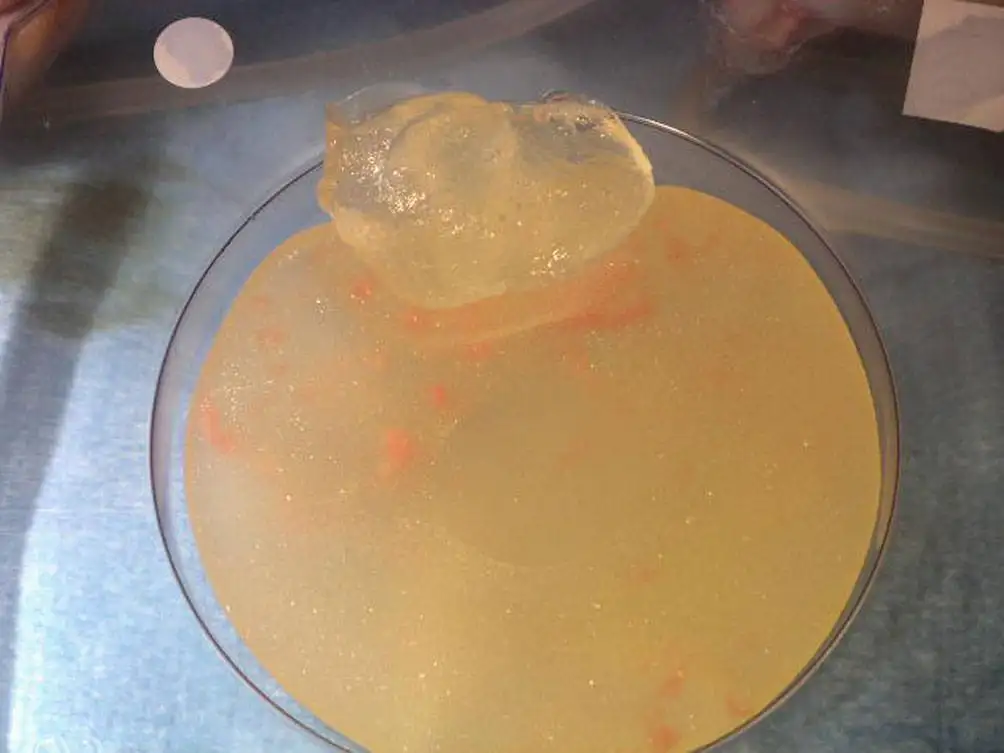
Many women are known to shy away from breast screening because of the pains associated with it but that problem may not remain for long.
The National Institute of Health has revealed that researchers have invented a painless breast screening technology that could replace mammograms in the foreseeable future. Share on X
Of this, it is expected more women will stick to their regular breast screening routines. I understand this will also depend on the affordability of the new measure and whether it’ll be covered by insurance.
Was this article helpful?
Are there things you would’ve liked to be included or omitted? Let us know your thoughts.
References.
- de Jong D, Vasmel WLE, Paul de Boer J, et al. Anaplastic Large-Cell Lymphoma in Women With Breast Implants. JAMA. 2008;300(17):2030–2035. doi:10.1001/jama.2008.585 ↩︎
- Goodemote, Patricia, Mitchell, Deana, Nichols, William. (2008). What is the best way to screen for breast cancer in women with implants? Journal of Family Practice, 57, no. 07. 482-483. http://hdl.handle.net/10355/3835. ↩︎
























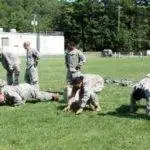

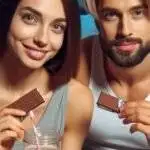














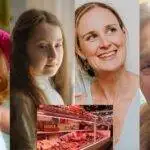



































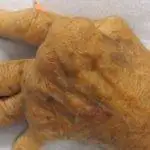

























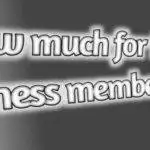
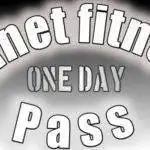

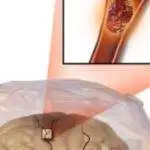



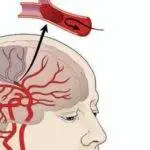


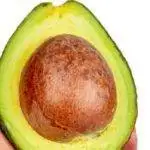
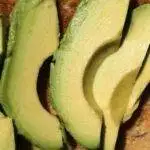
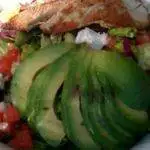











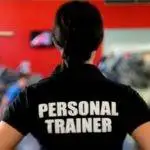
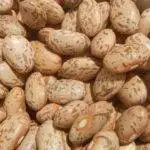
















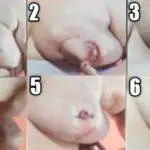
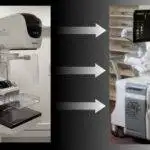

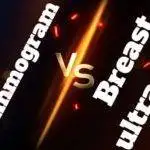
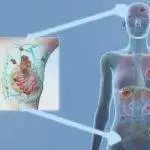









Great job.
Very interesting information! Perfect. just what I was searching for!